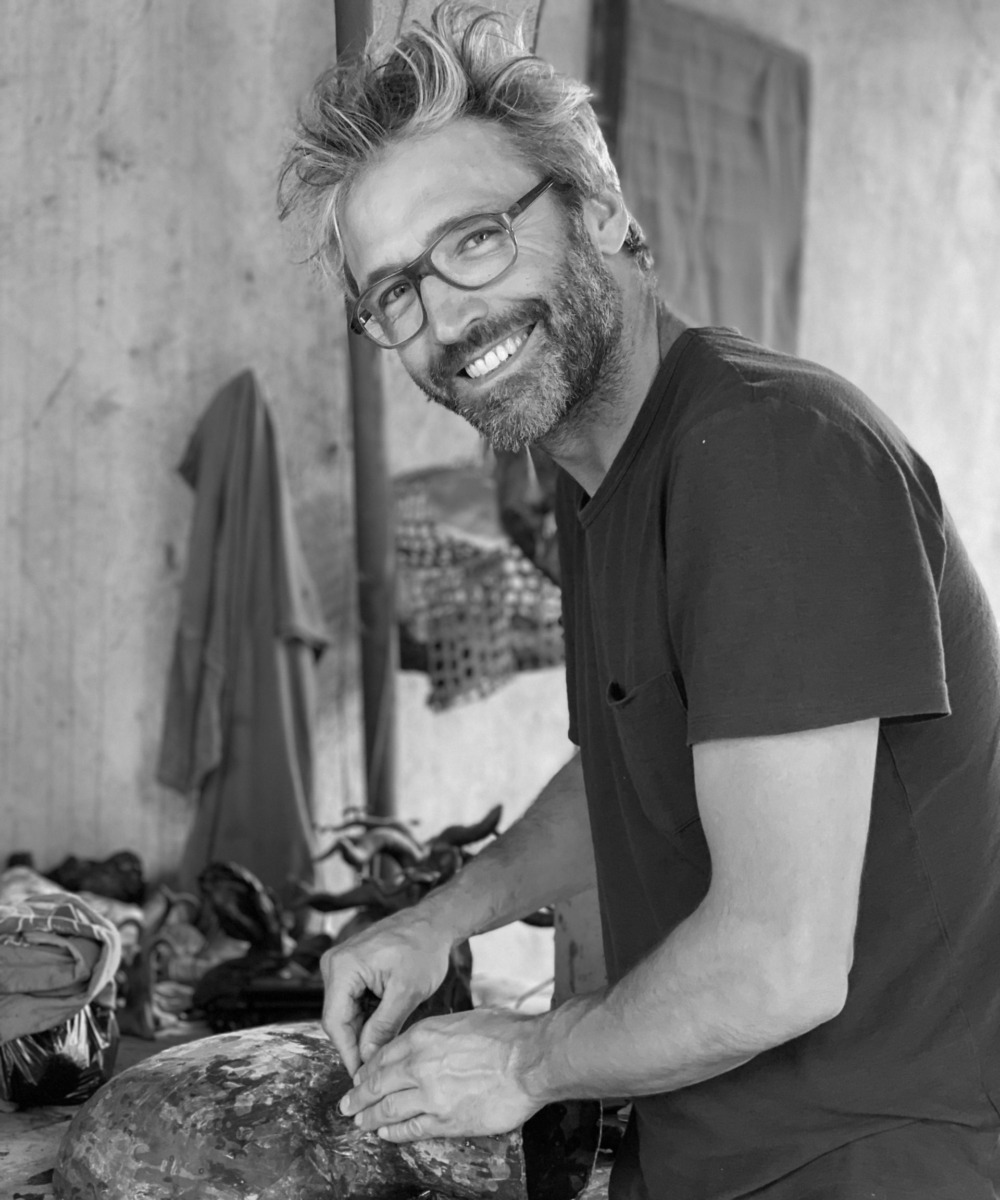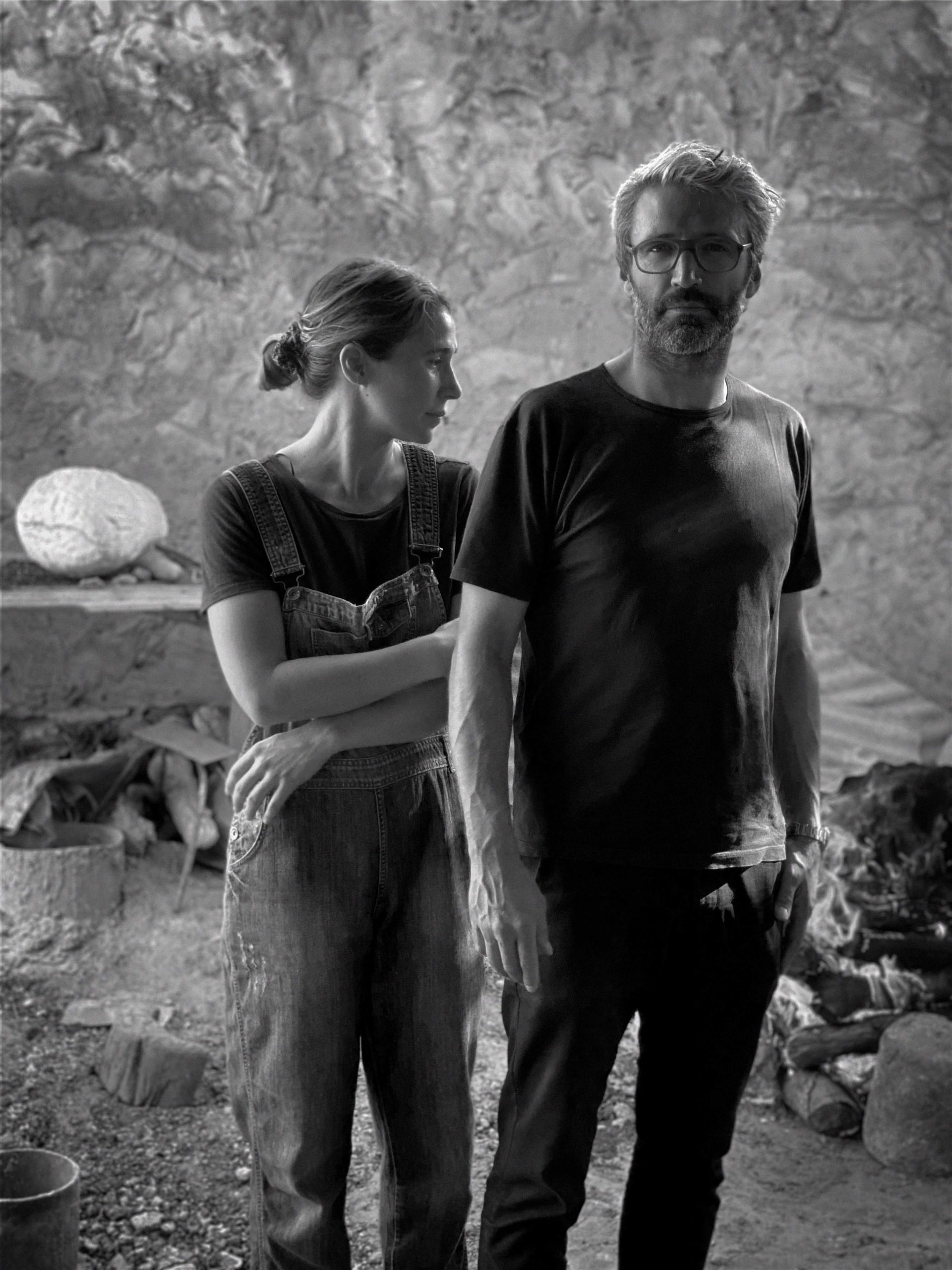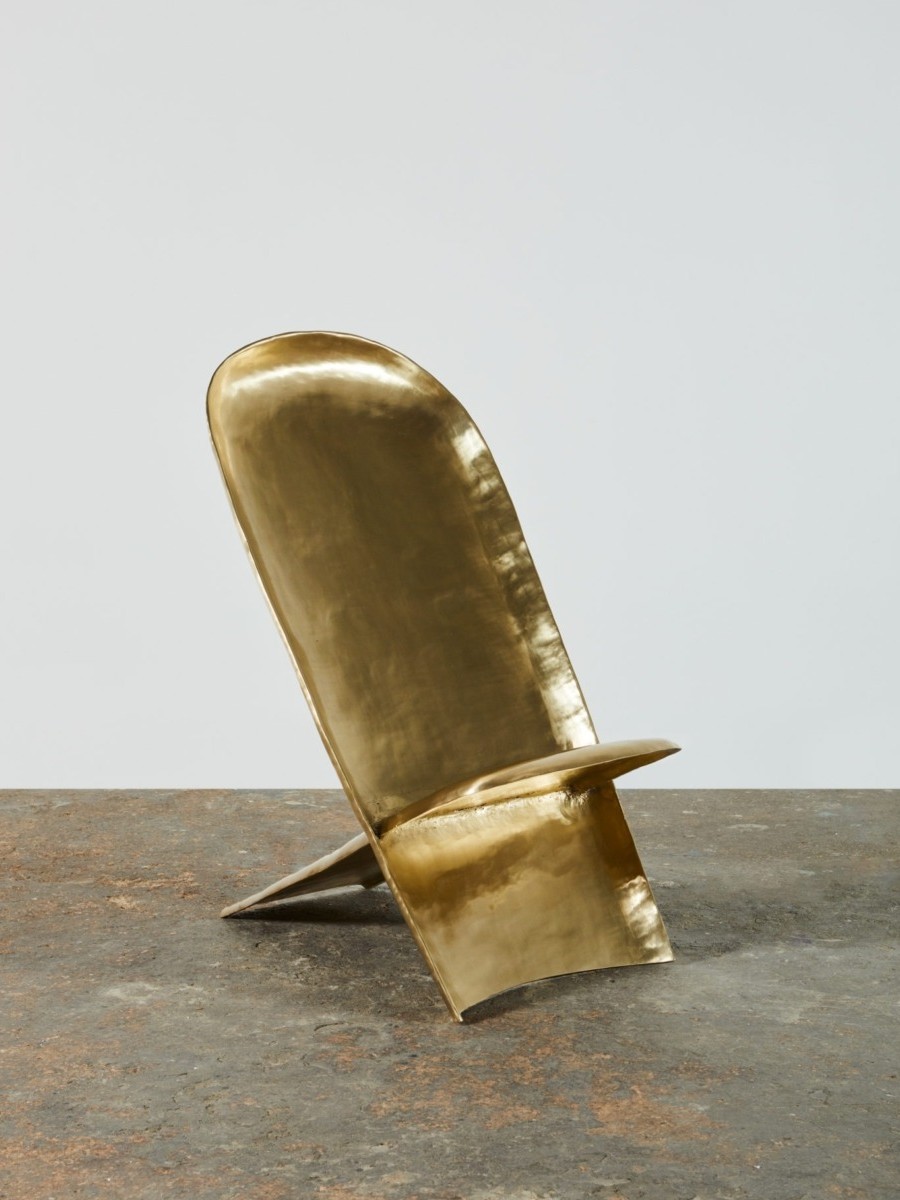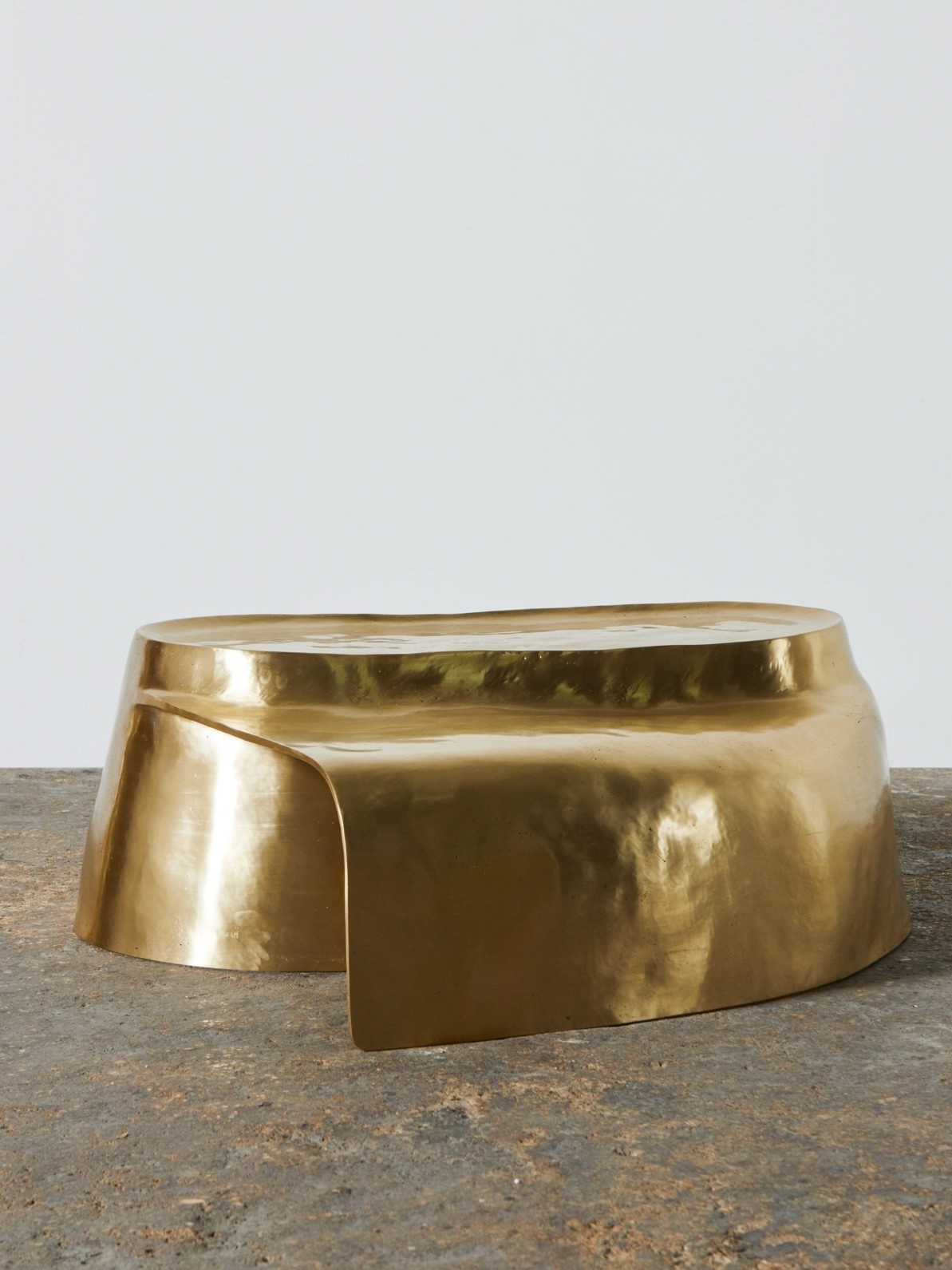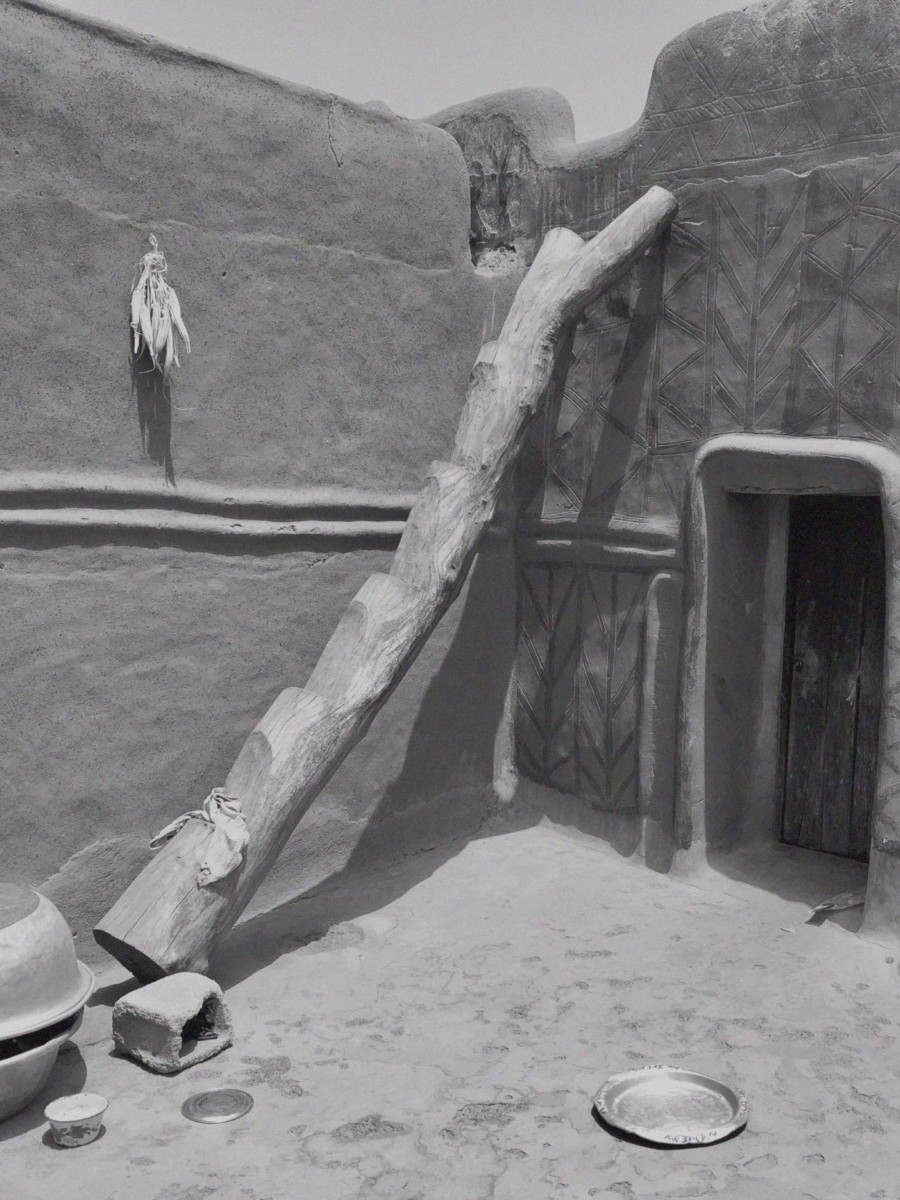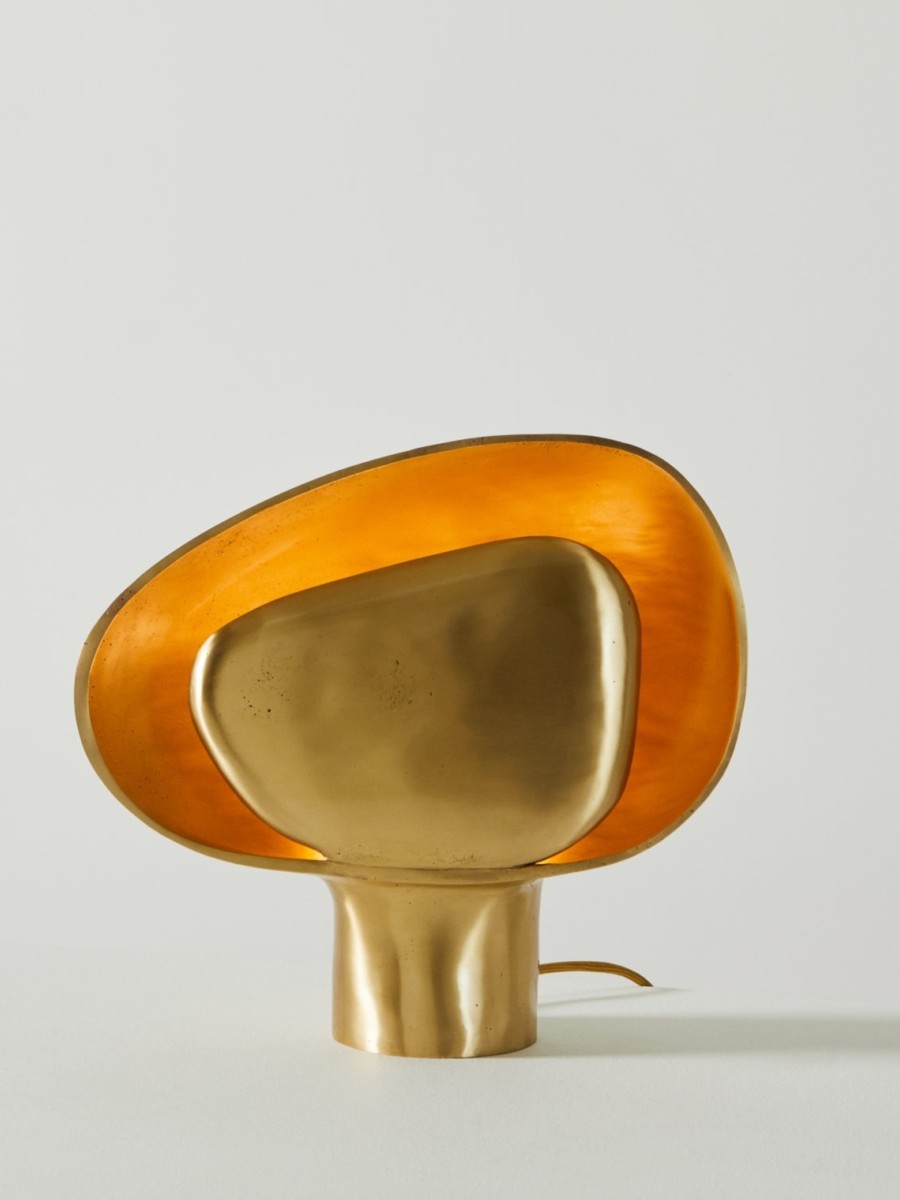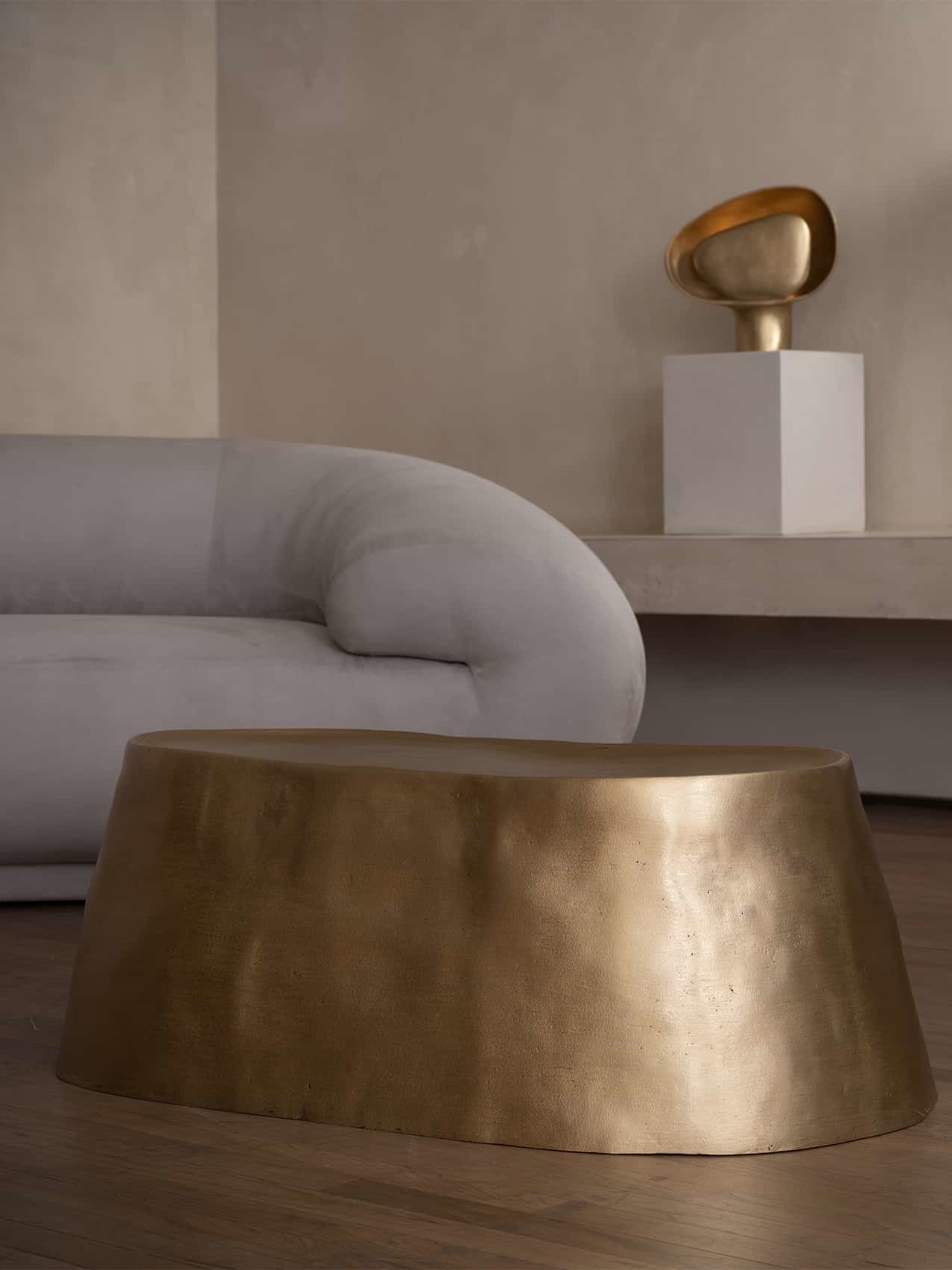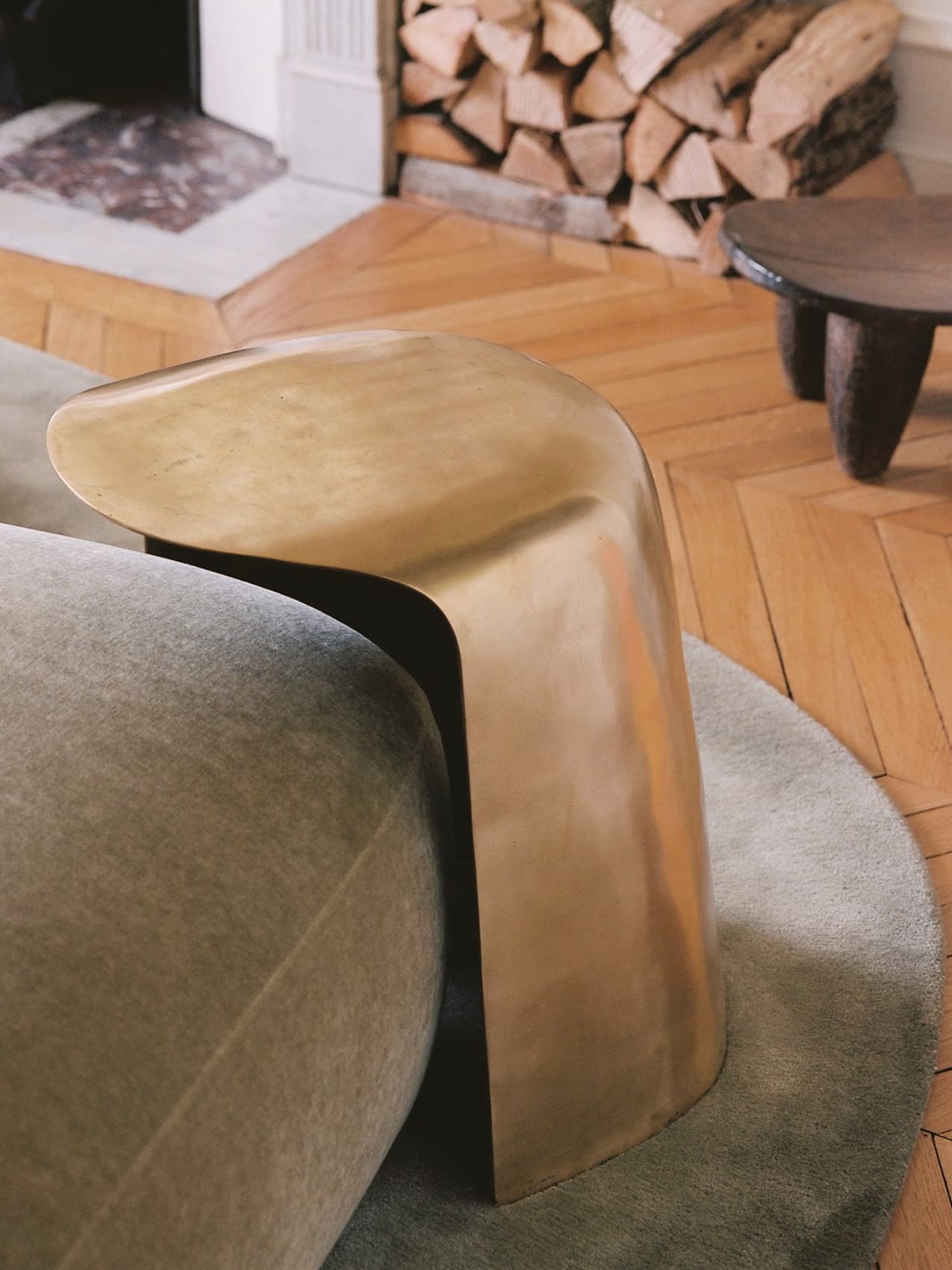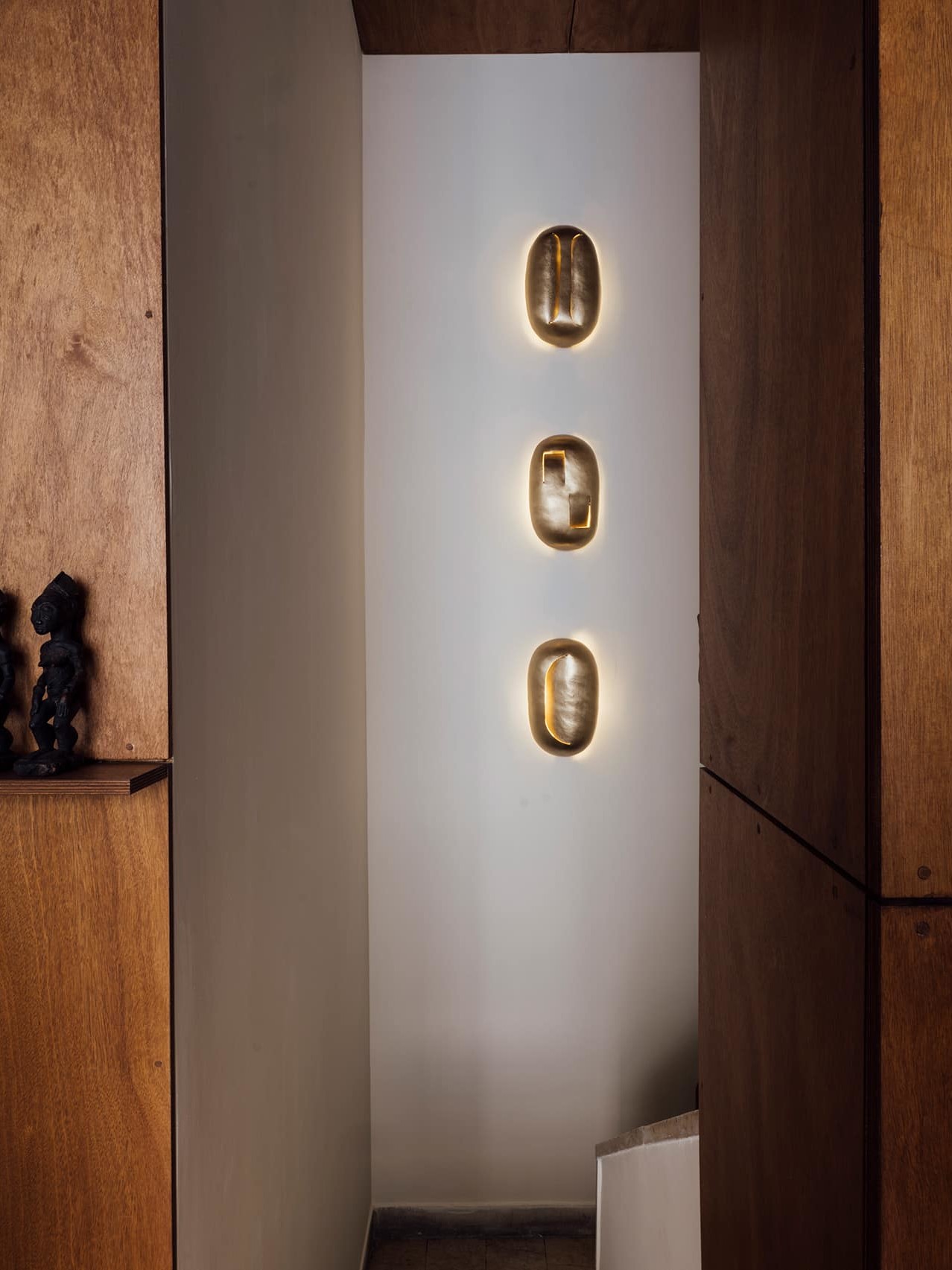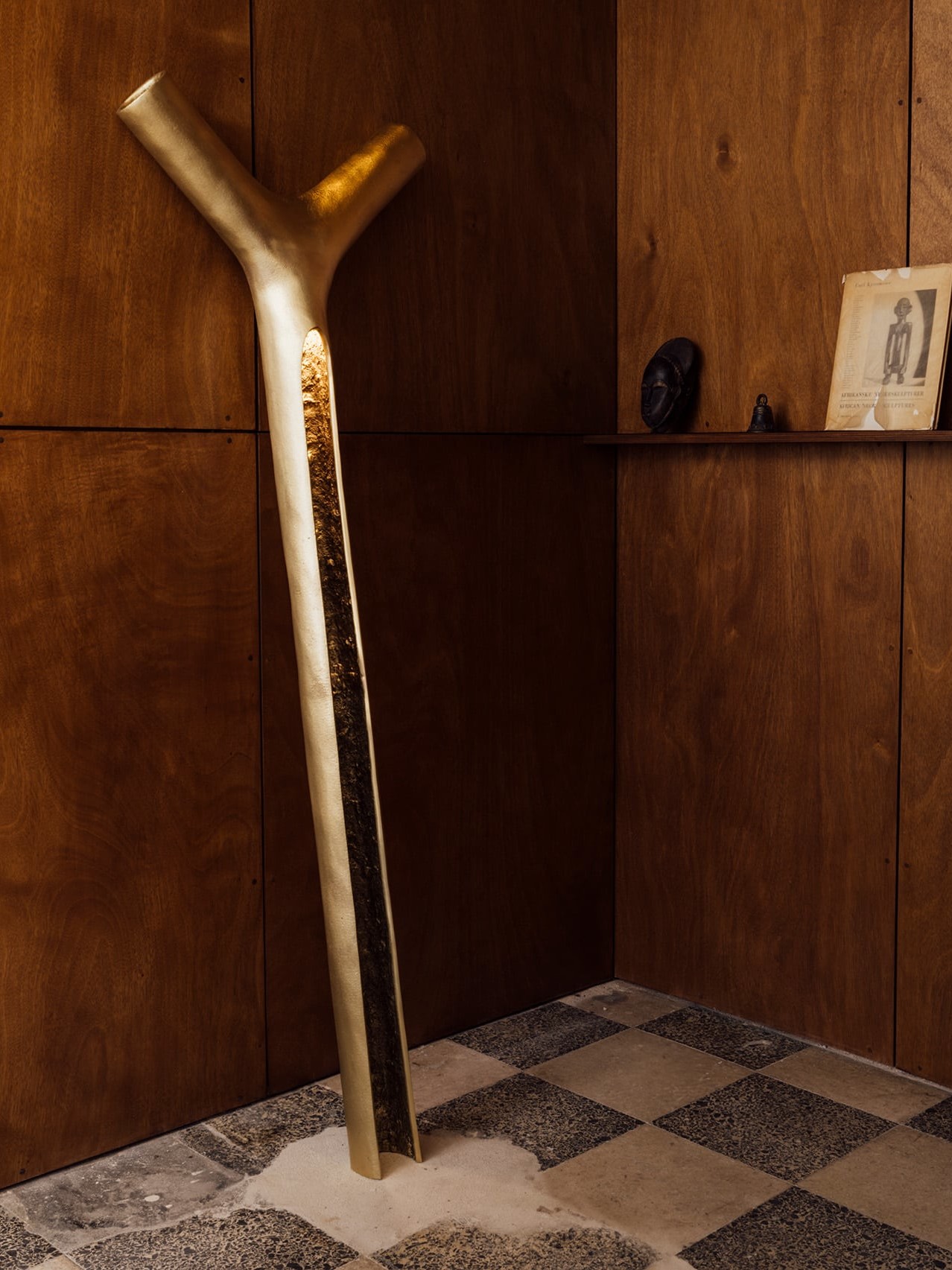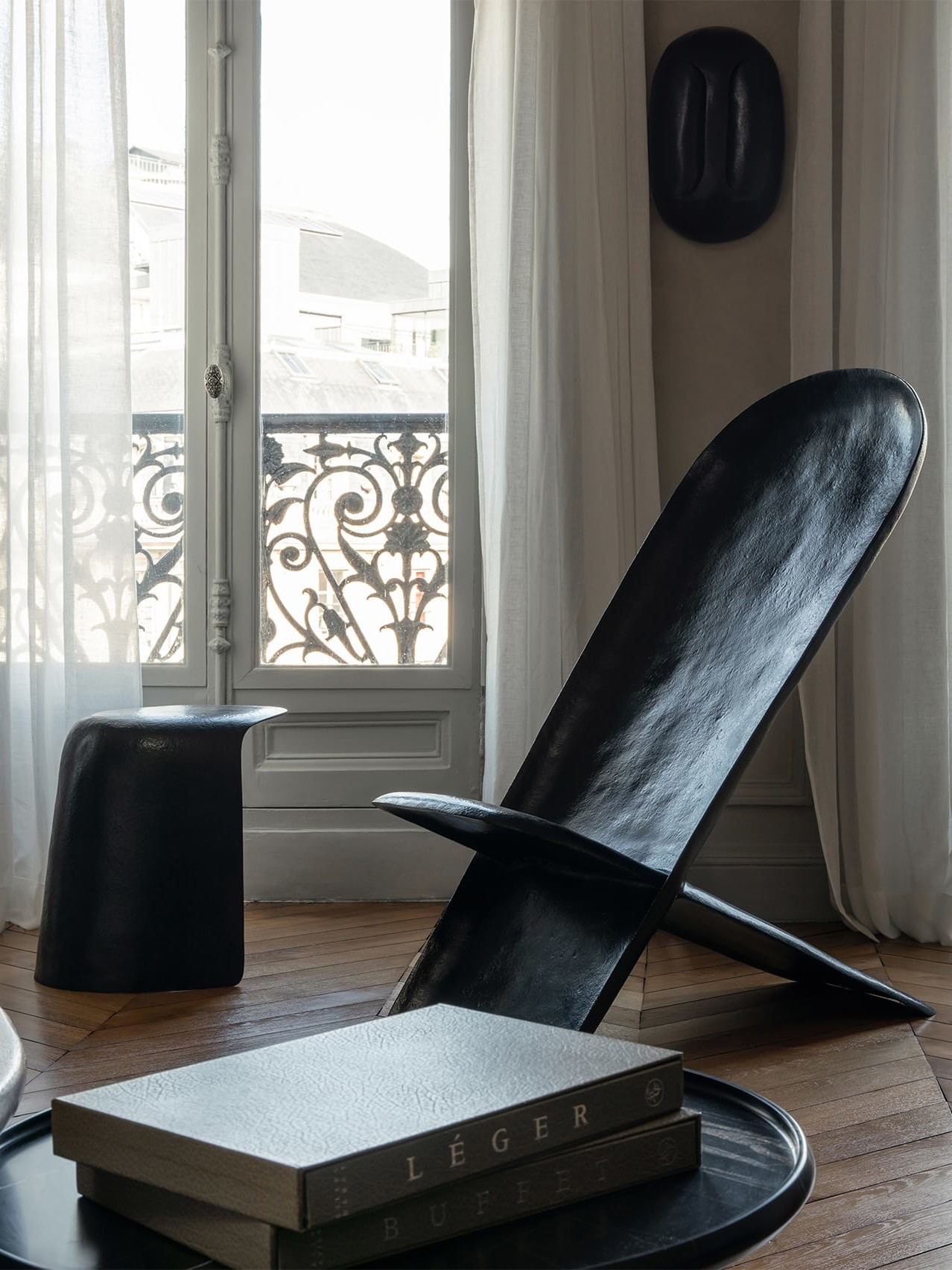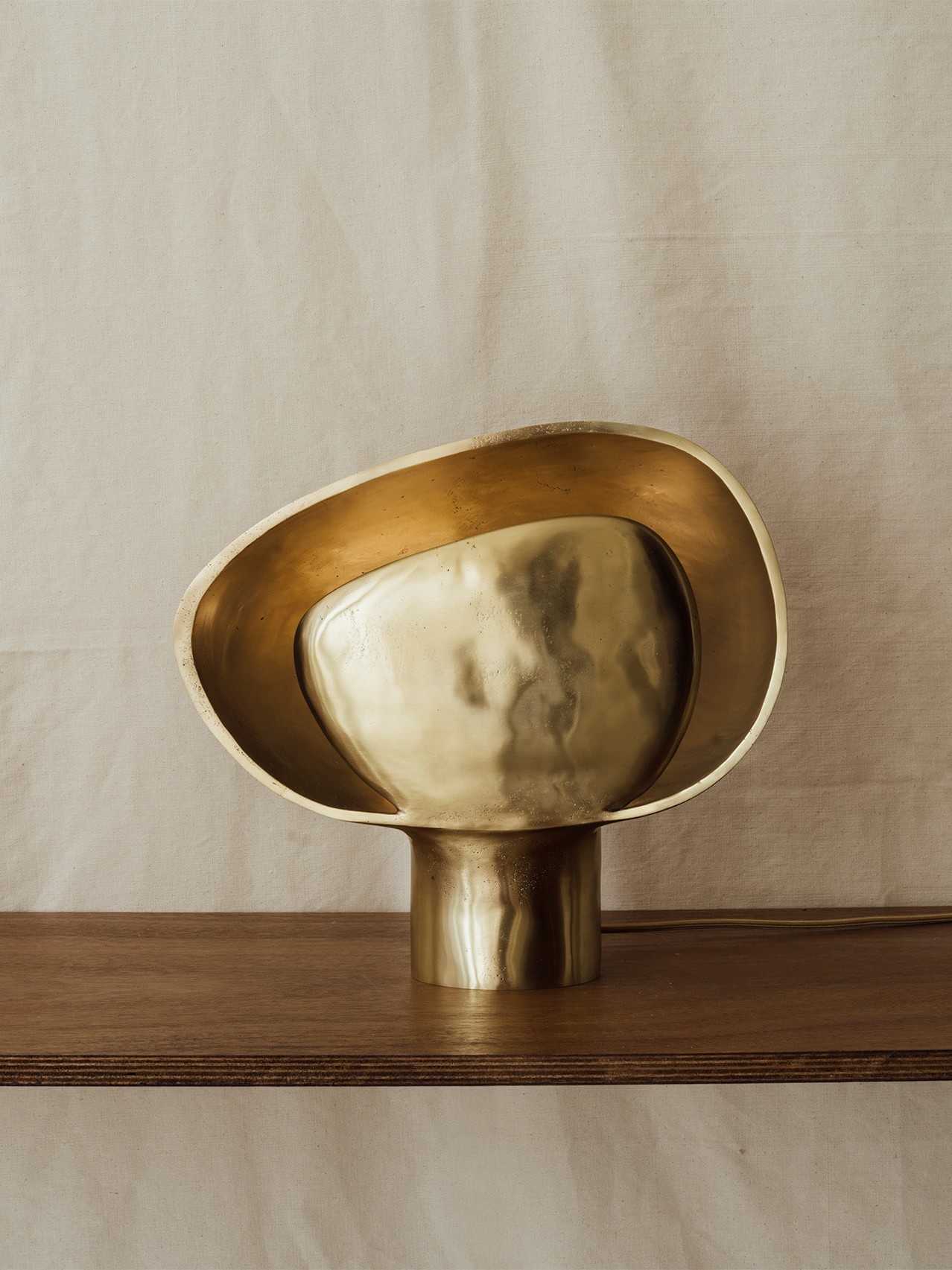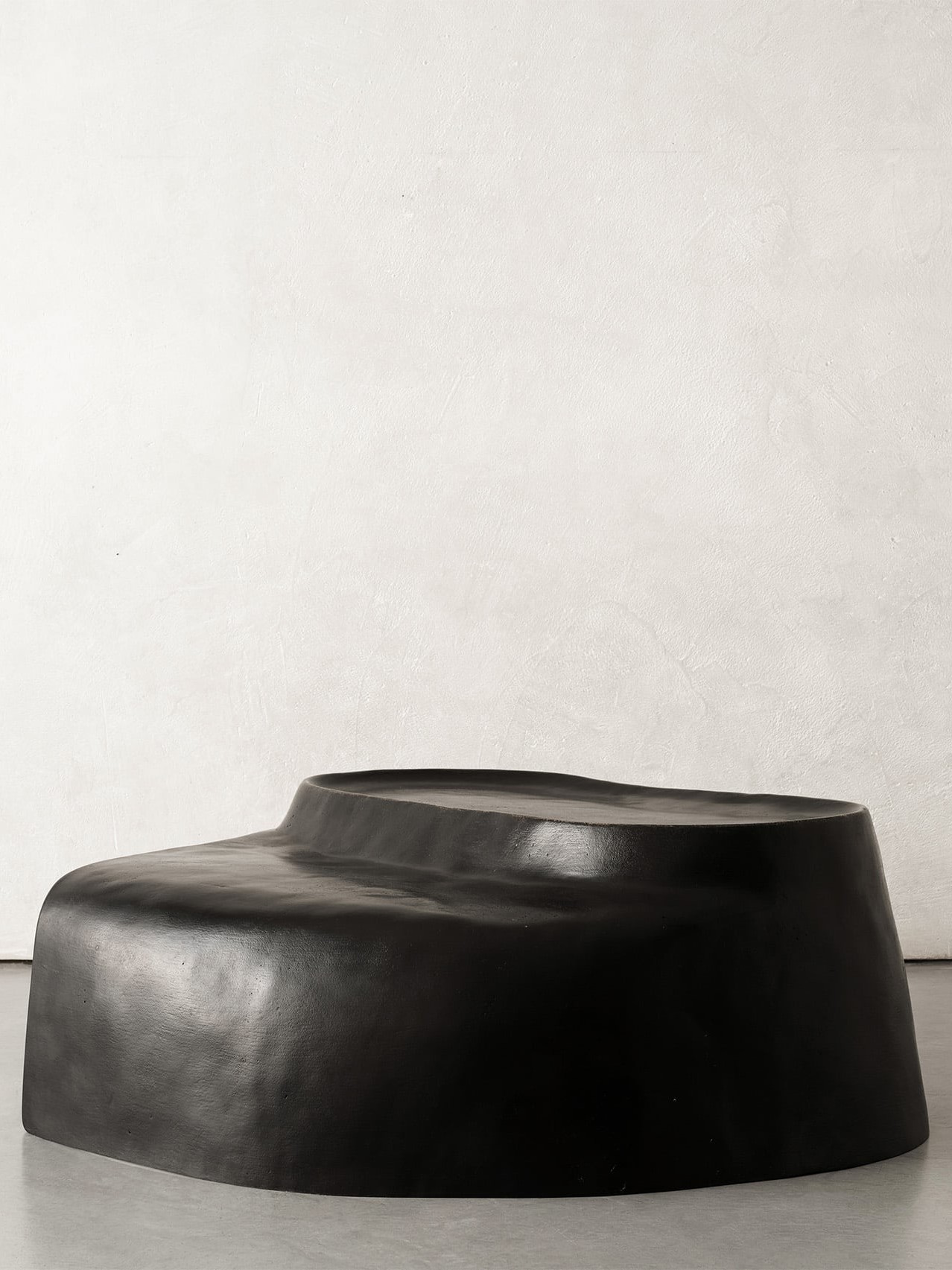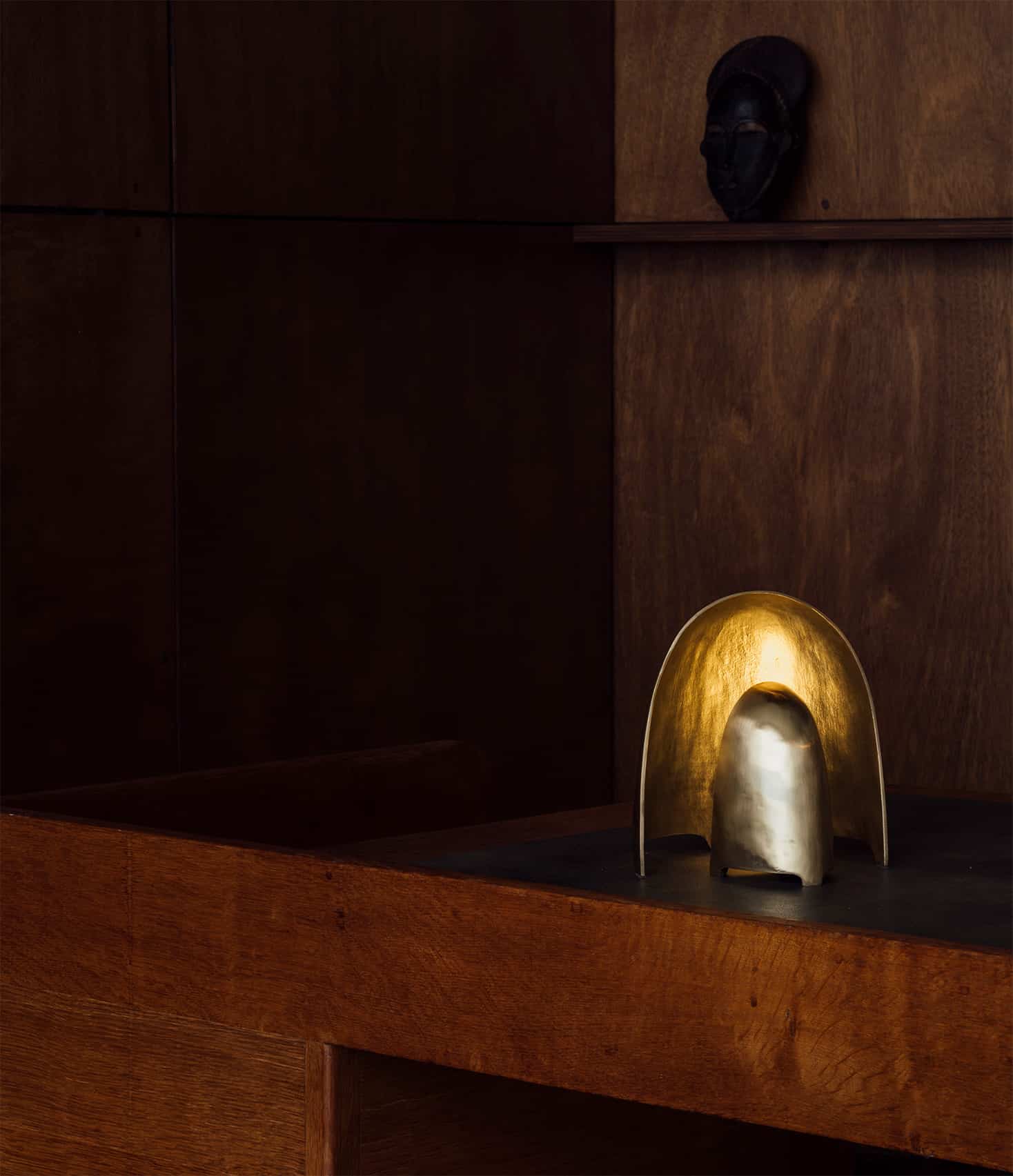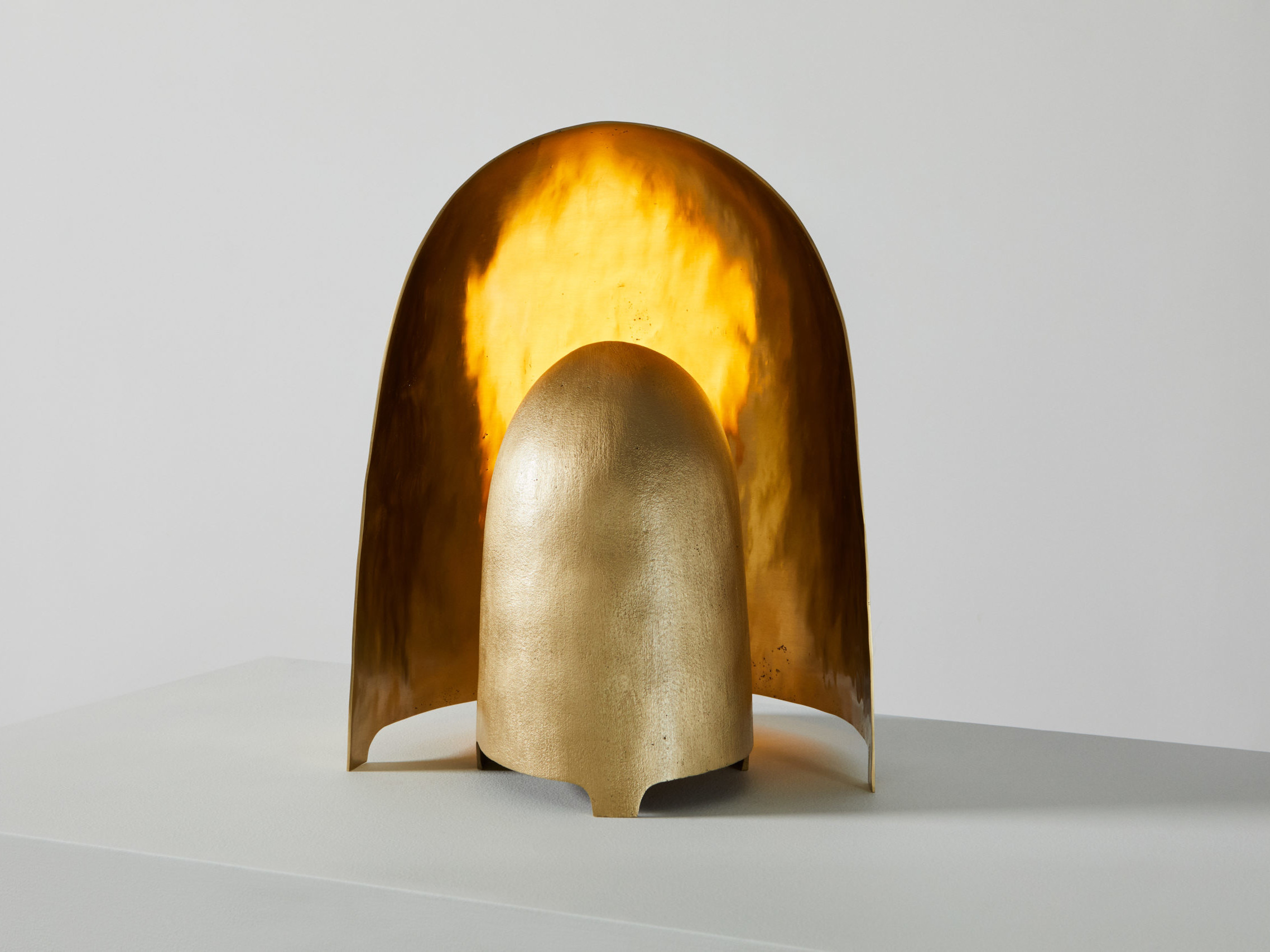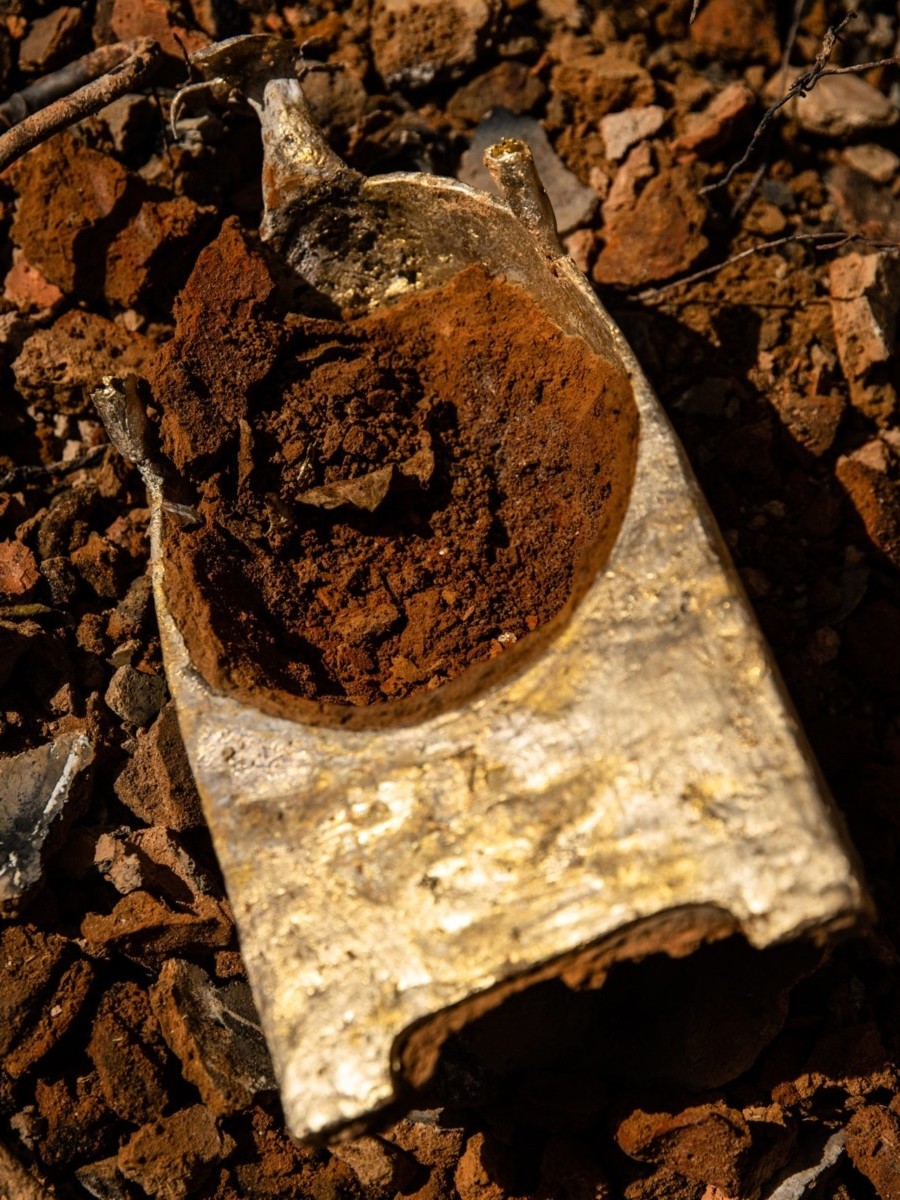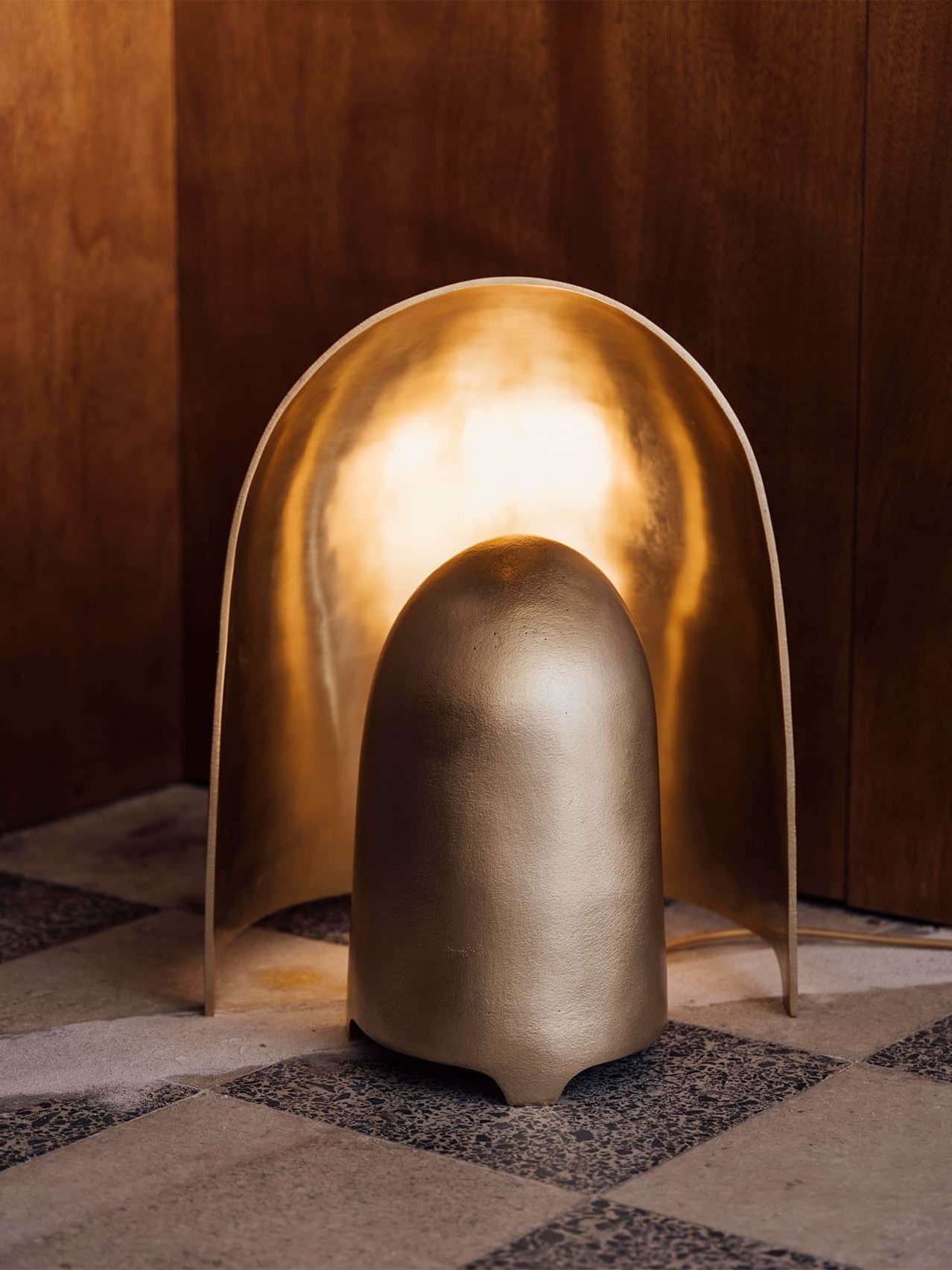The collection by Noé Duchaufour-Lawrance
NEW COLLECTION
Designed by Noe Duchaufour-Lawrance
Maison Intègre is set to launch a new collection in collaboration with the multifaceted French designer Noé Duchaufour-Lawrance, whose inventive approach to the quintessential shapes found in Tiebélé, a traditional Kassena village located in the south of Burkina Faso, as well as other elements ever-present in the Burkinabe culture, has allowed him to create seven sculptural pieces that counterpart each other.
After Ambre Jarno, the founder and Noé Duchaufour-Lawrance first met in Paris in 2018, they discovered that their respective projects, Maison Intègre and Made in Situ, had a lot in common. Ambre invited then Noé to think about a possible collaboration.
Fifteen years earlier, Noé had visited the Bandiagara cliffs in Mali, another region of West Africa that is very hard to reach nowadays for security reasons. There, he had discovered ladders made of one single piece of wood, a common object in West Africa, particularly in the Dogon and Lobi cultures. The iconic Y shape was the first inspiration that came to Noe’s mind, with the idea of designing a sculptural lamp. “The idea of using only one material really spoke to me. I was impressed by the purity of the Y shape. It’s a special shape mostly because of its fragility: there’s only one leg, but the two arms facing upward and leaning against a surface make it extremely stable”, Noé says.
She invited him to take an immersive trip inside Burkina Faso, knowing that Noé would be sensitive to the beauty of local crafts, their associated know-how and their strong materiality. She invited him to take a long-winded journey in Burkina Faso. She also showed him images of the quintessential shapes found in Tiebélé, a traditional Kassena village located in the south of Burkina Faso, another red zone impossible to visit nowadays but which Ambre had had the chance to discover a few years earlier. These images, as well as other elements ever-present in the Burkinabe culture, such as the PALABRE chair, constituted the inputs that Noé received.
ABOUT THE DESIGNER
Noé Duchaufour-Lawrance
Noé Duchaufour-Lawrance is a designer working across a vast array of crafts and materials to create different pieces depicting his own nature-driven narrative. His approach to design is grounded on his innate ability to combine simplicity and an honest desire to create pieces that last. From architecture to furniture, from interiors to bespoke collections, Noé has a unique sense of respect for the past even when his eyes are on the future.
PIECES
Available on order
MAKING OF : ÉCHO LAMP
THE MAKING OF THE ÉCHO LAMP
The creation of a piece requires the participation of several bronze working trades. Up to fifteen artisans work together in the Maison Intègre workshop. Three master bronzers are at the controls and around them, several small teams work on the manufacturing stages: creation of the molds, extraction of the wax, casting of the molten bronze, cleaning, welding and finishing.
All our pieces are made by hand, using the ancestral technique of lost wax from recycled metals.
In late 2018, Wallpaper magazine invited us to collaborate with Brendan Ravenhill to create a piece for the Wallpaper Handmade exhibit, « Love. » Together we created a lamp that would embody the theme of love. The resulting design is a lamp in two parts that engage in a relationship with each other. One part is a light source that cradles a bulb in a brass shell, the other is a stand alone reflector that captures and bounces the light back in a soft reflected glow.
STEP 1
THE BEESWAX MODEL
A model of the piece is made out of beeswax. In Burkina Faso, it can be very difficult to handle the wax due to the heat. The country is close to the Sahel region and the temperature can reach 48°C.
In the case of a series of the same object, a plaster mold is built up on the wax model to easily replicate the model. In the case of unique pieces, plaster is not needed. Drains and air-vents are added to enable the melted wax to flow. These same channels will be used to cast the molten metal.
STEP 2
THE CLAY MOLD
The wax model is wrapped up in many layers of a mix of clay and horse dung. The whole is secured with metal wires and then baked for a few hours depending of the piece’s proportions.
STEP 3
REMOVING THE WAX
Once the clay has hardened and the wax melted, the melted wax is evacuated and put aside for reuse.
The wax area is now empty and ready for bronze to be poured in.
STEP 4
THE BRONZE CASTING
Bronze is made from recycled metals such as taps, screws and bolts. They are heated to about 1200°C in a melting pot dug into the ground. When the fusion occurs, the bronze is poured in the clay mold. The metal is left to cool and harden in the clay moulds for about an hour and a half.
STEP 5
EXTRACTION AND RAW FINISHING
When cooled, the mold is extracted and the clay is broken away from the bronze. The wires are removed and the surface is cleaned-up. If needed, some repairs are done. The lamp’s surface is then finished for the team in France to add the special finishes.
STEP 6
FINAL FINISHING
The final finishing stage and the patinas are provided by our affiliated workshop in the south of France.
